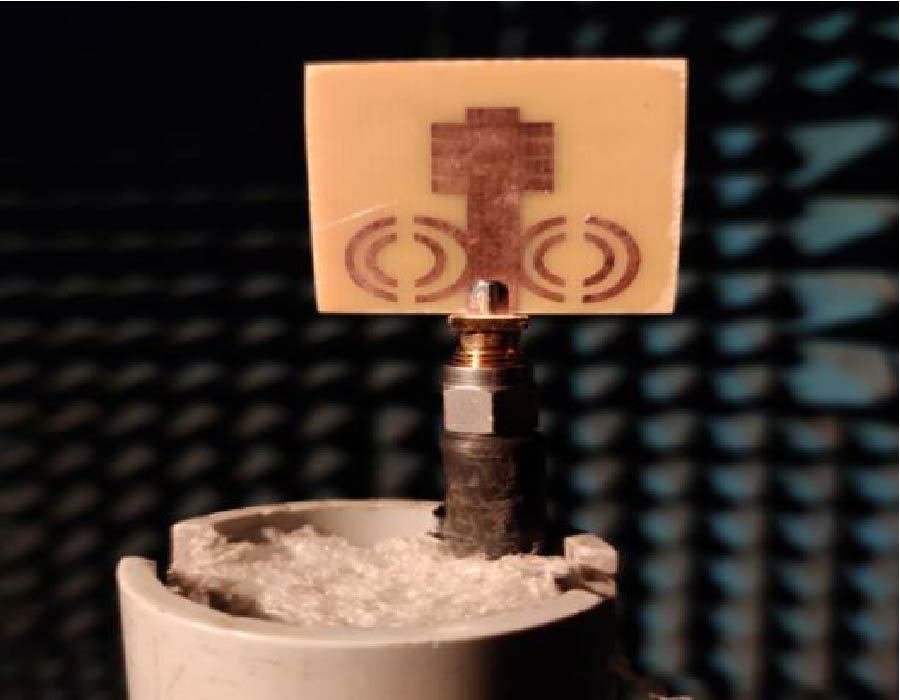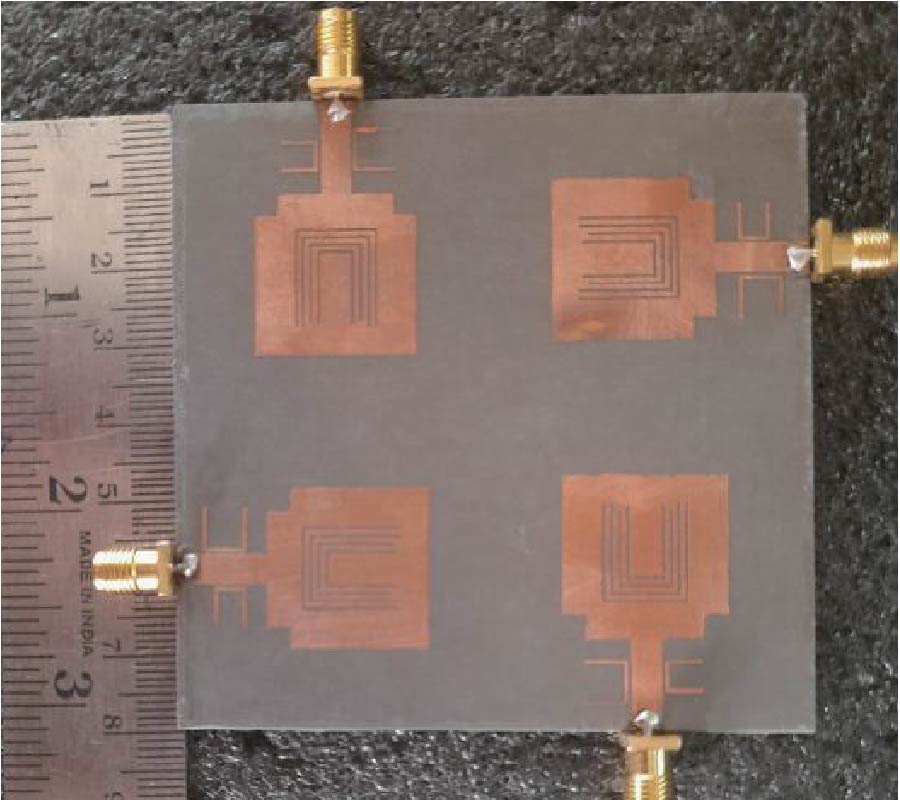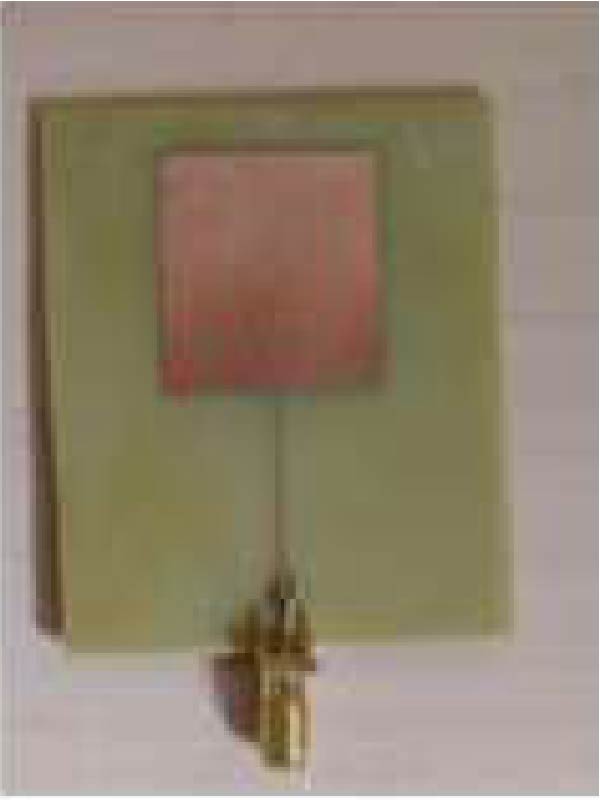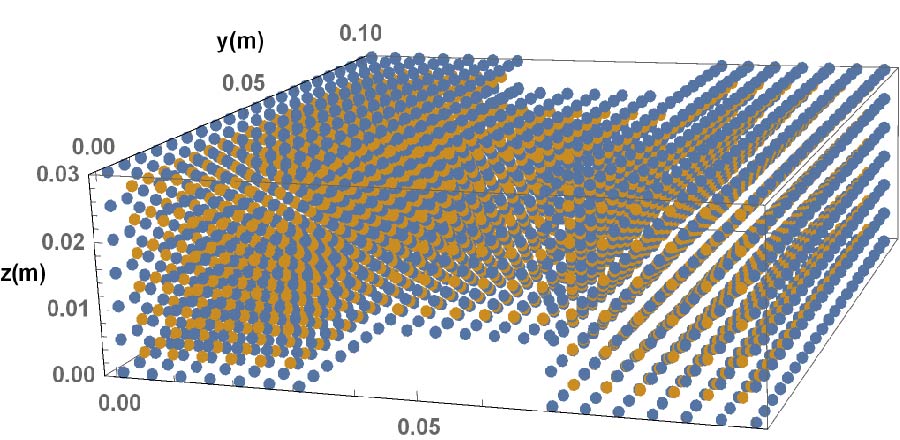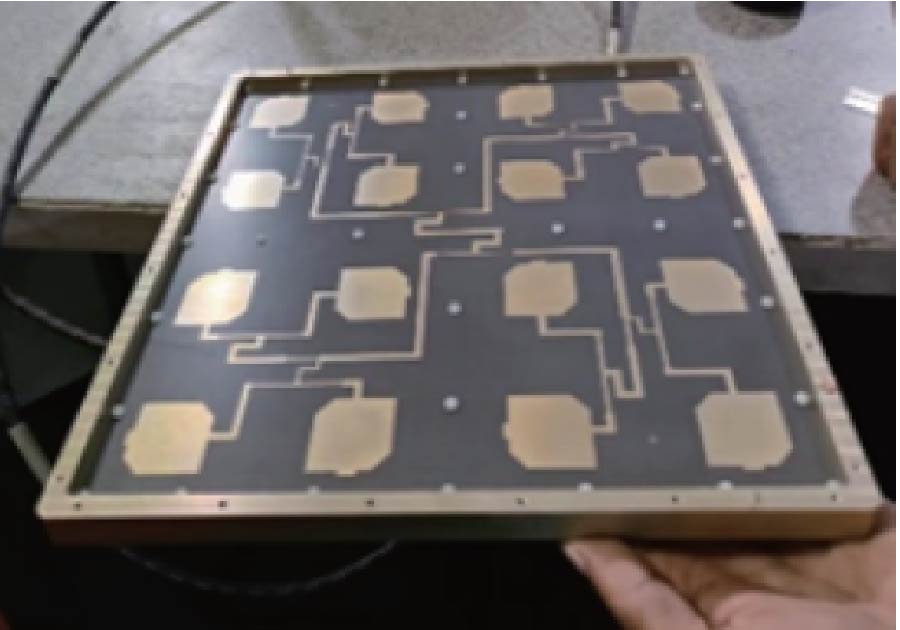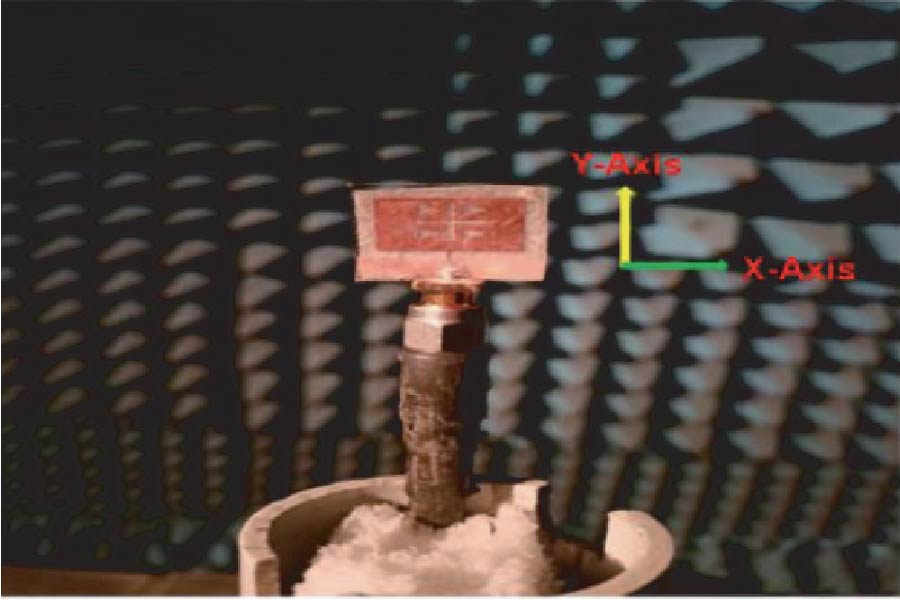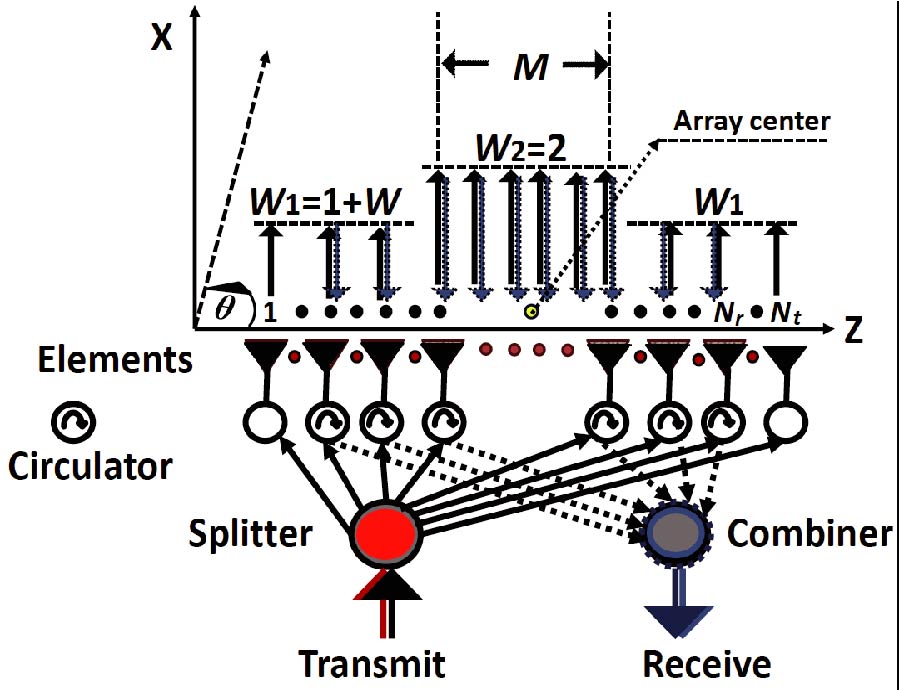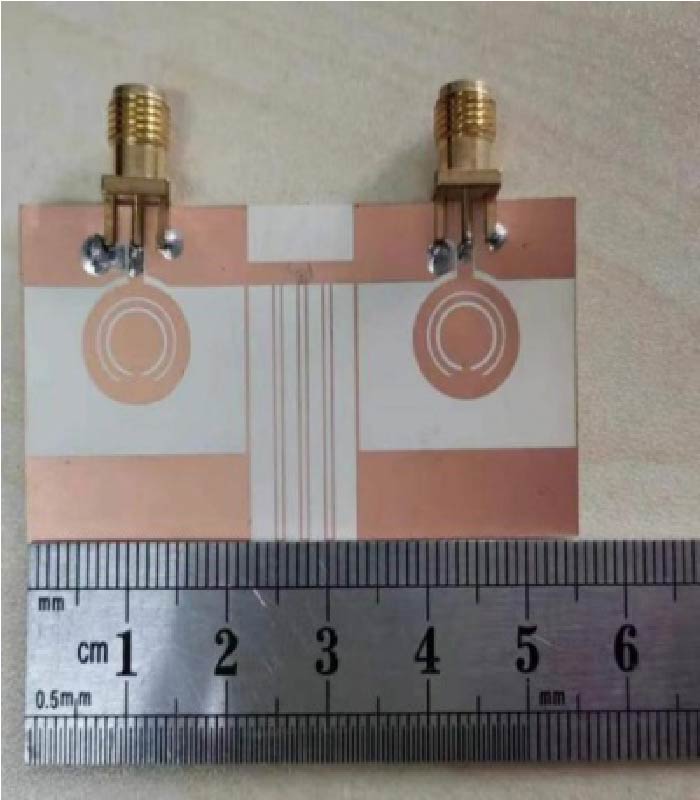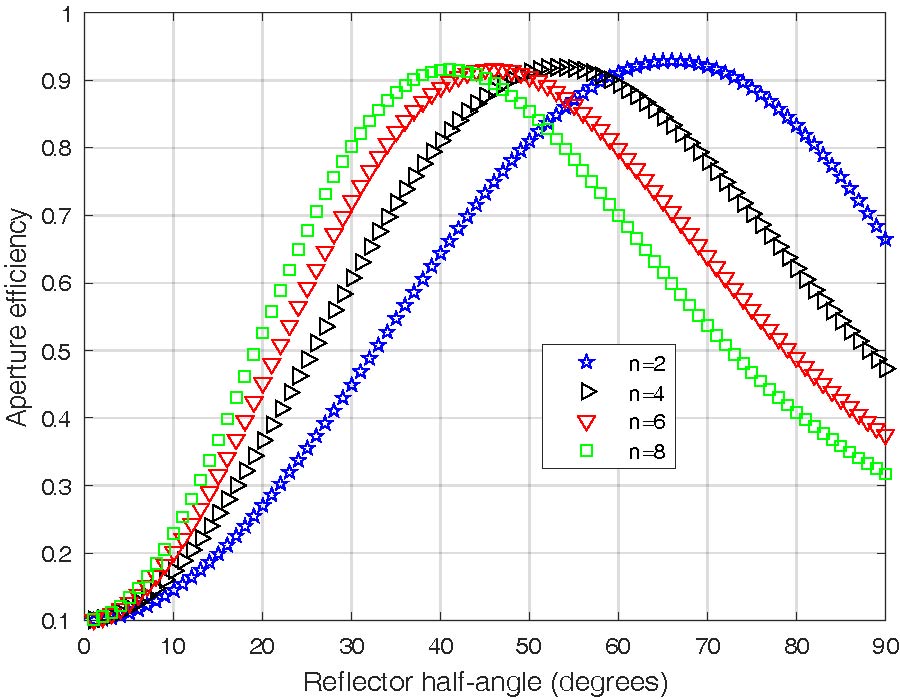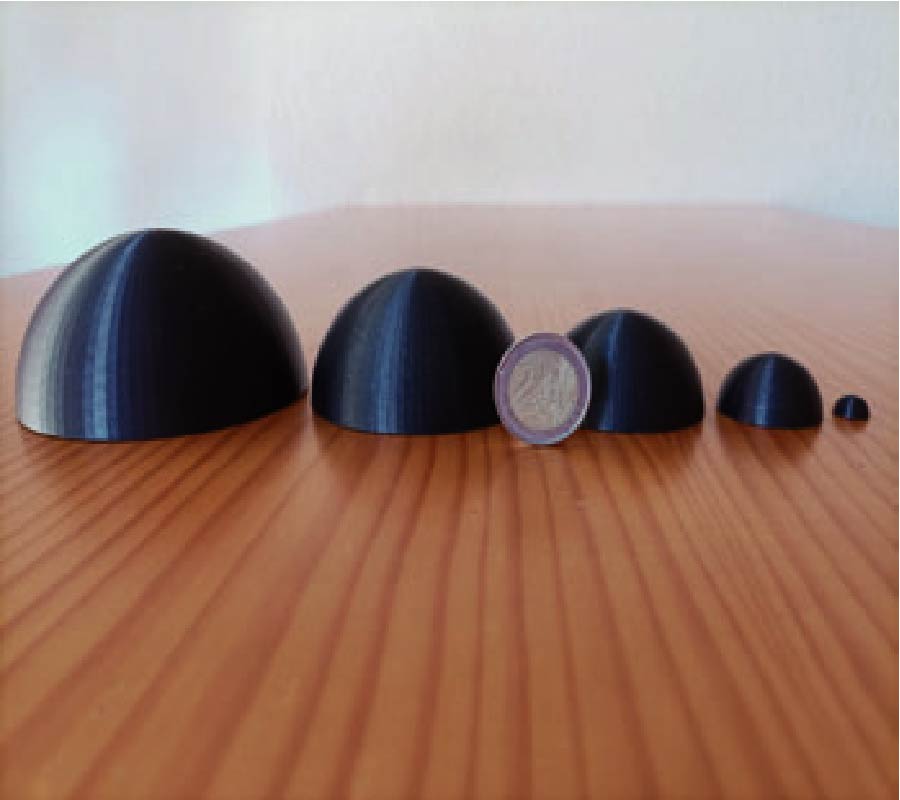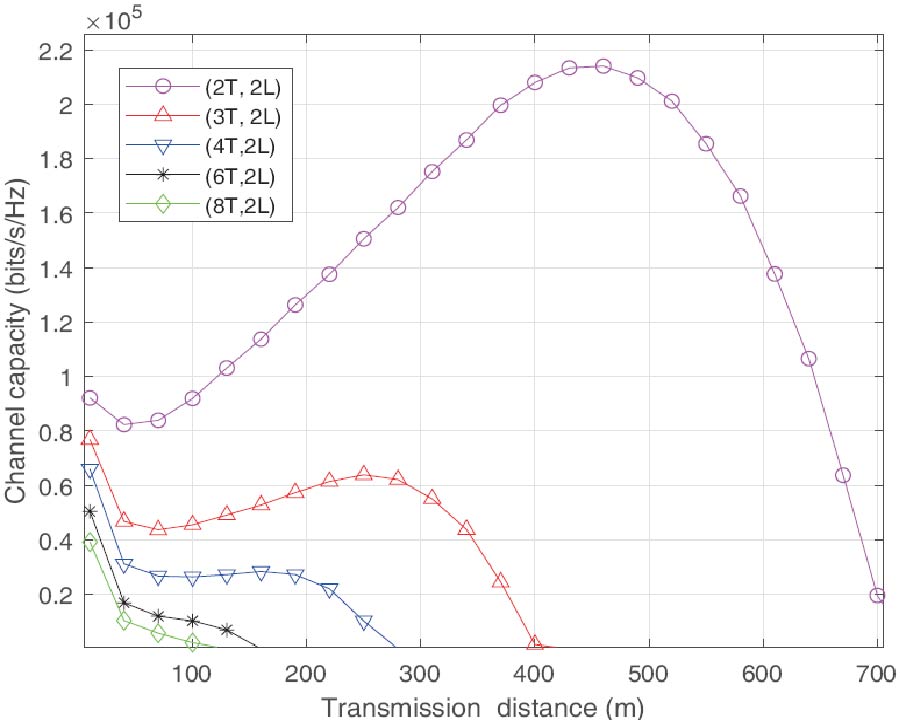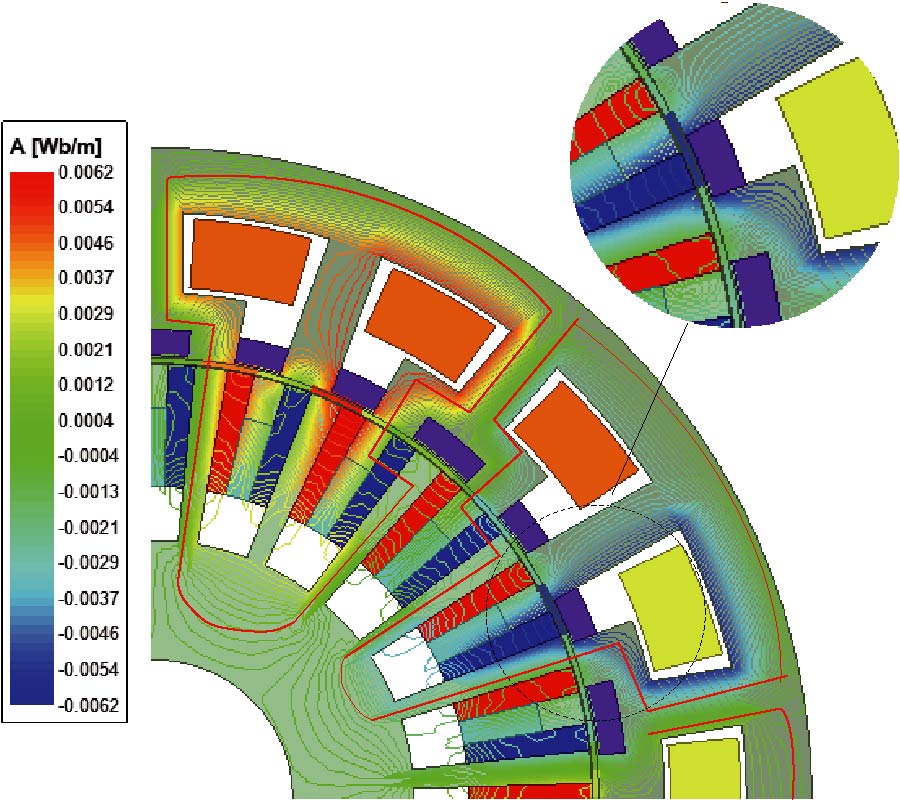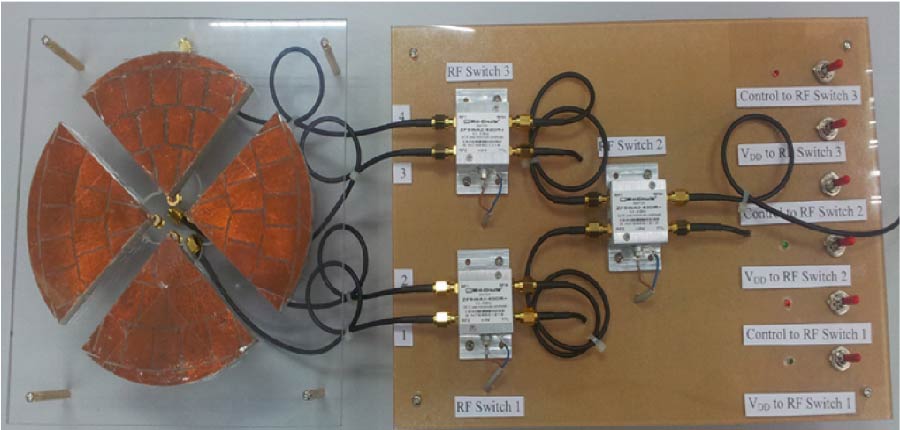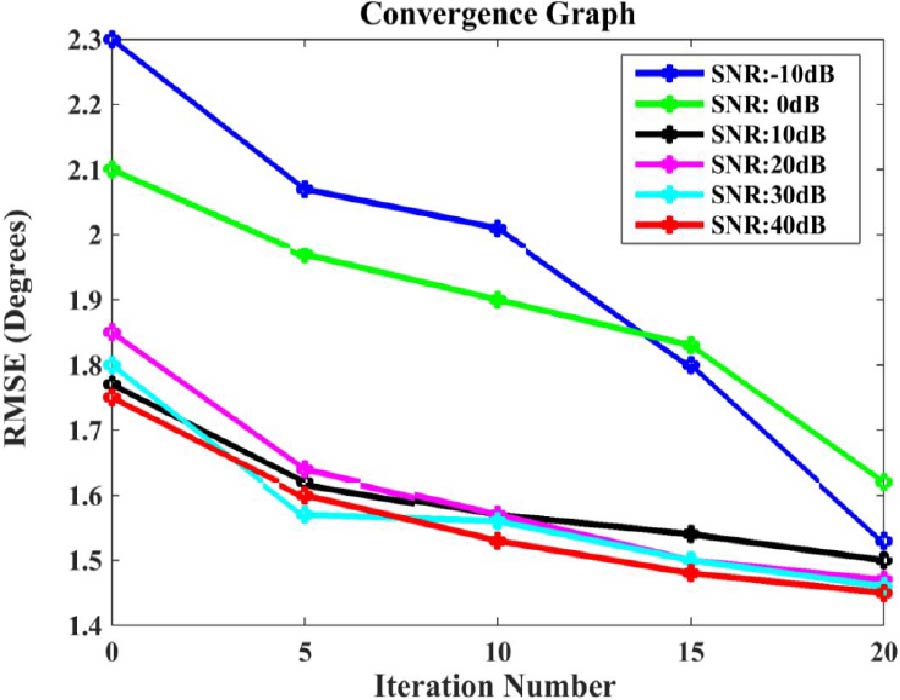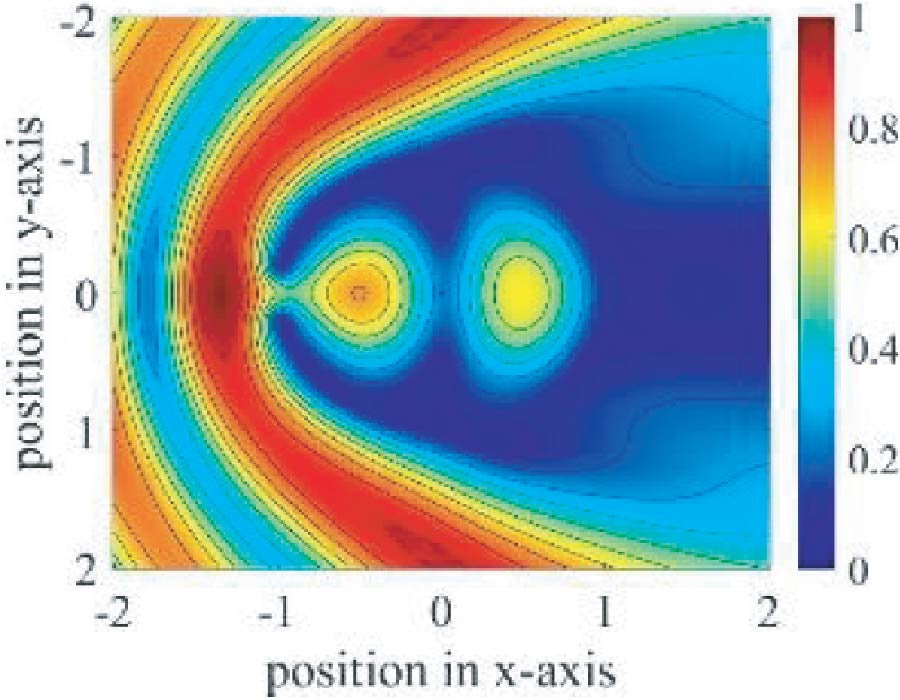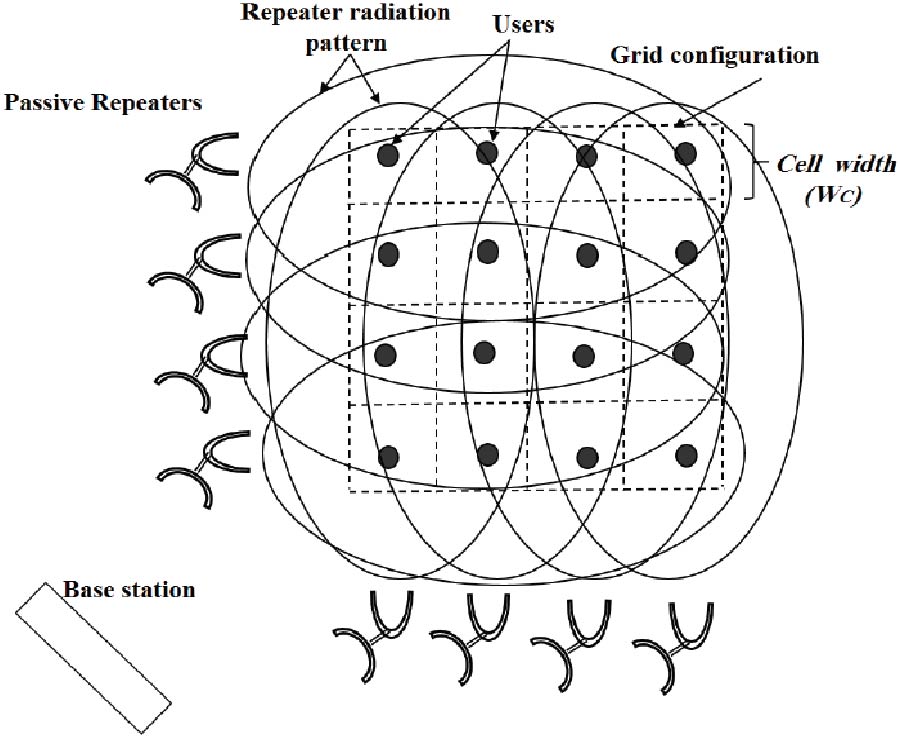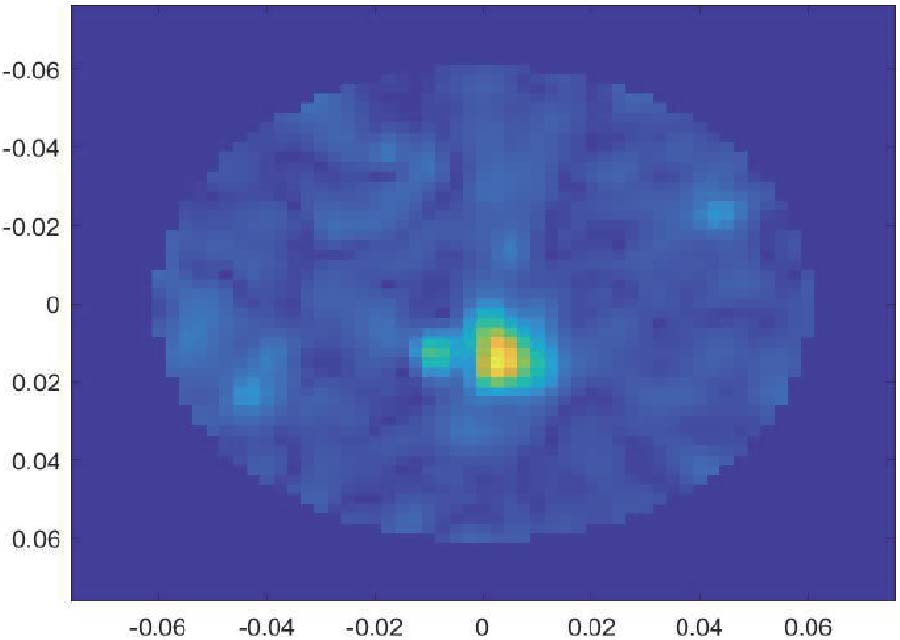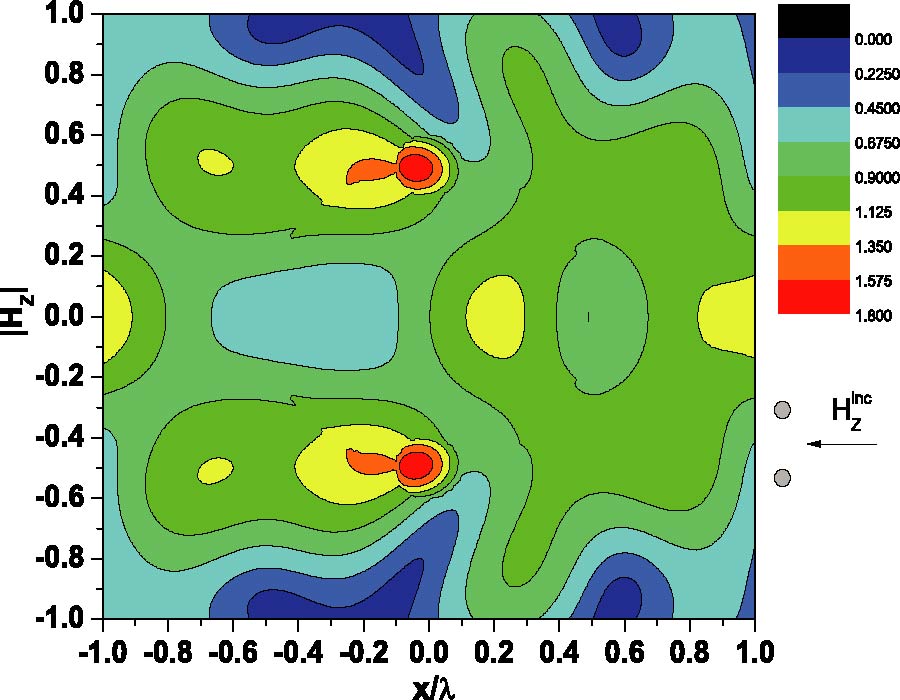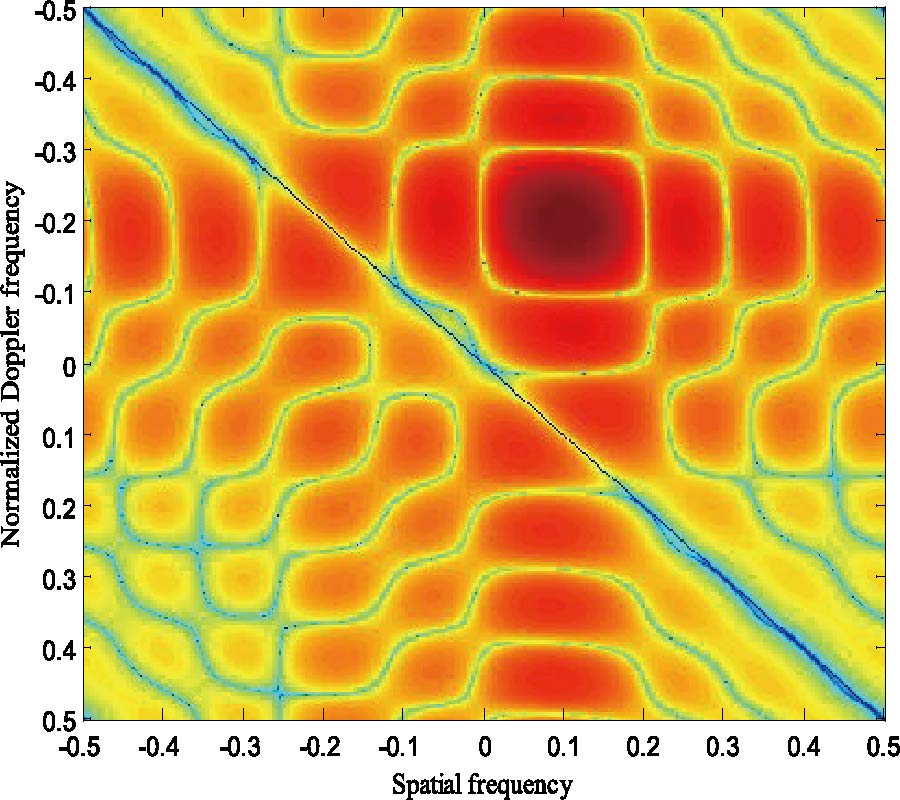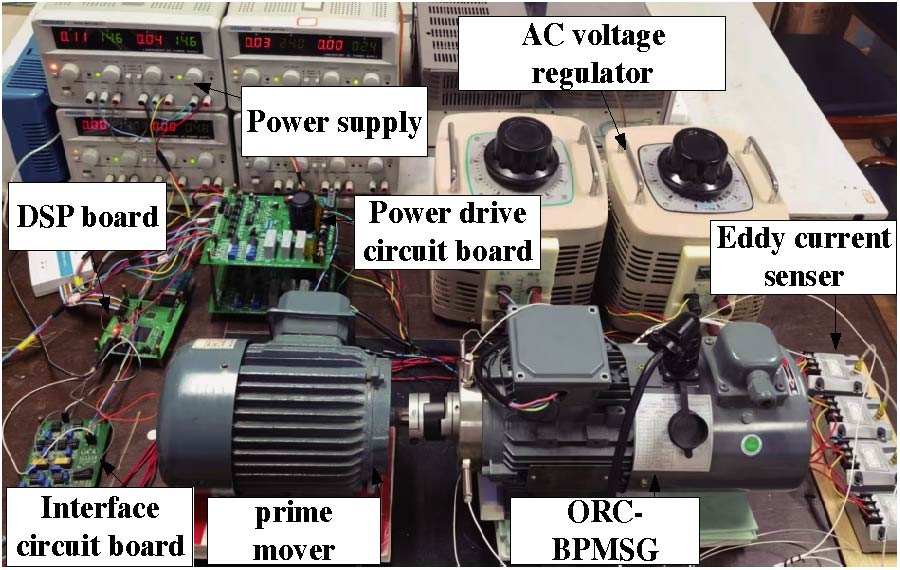Design and Development of Sextuple Band Reject UWB-MIMO Antenna for Wireless Applications
Sadineni Ramesh Babu and
Puttaraje Dinesha
In this manuscript, quad port highly isolated sextuple-band notched ultra-wideband (UWB) multiple input multiple output (MIMO) antenna is designed and experimentally investigated. The suggested design employs four antenna elements fabricated over a Rogers RT Duroid 5880 substrate and placed orthogonal to each other by deploying polarization diversity technique for good isolation. By combining polarization diversity technique with a fan shaped de-coupler isolation could be improved even more. Ameliorated frequency selectivity of notch bands can be accomplished by loading each antenna element with four U-shaped slots and C-shaped stubs adjacent to the feed line to exhibit band rejection of 3.18-3.51 GHz (9.86%), 3.71-3.99 GHz (7.27%), 4.59-4.76 GHz (3.63%), 5.18-5.34 GHz (3.04%), 7.47-7.74 GHz (3.55%), and 9.29-9.55 GHz (2.76%) to surmount the possible intrusion from WiMAX, C-band, INSAT, WLAN, X-band, and radio navigation (RN) band. Besides, an RLC equivalent circuit has been examined by correlating with the outcome of the reported notch band UWB-MIMO antenna that evinces highly selective notch bands. The suggested antenna works in the frequency range of 2.1-11.2 GHz which is suitable for UWB applications. Simulation and experimental validation is done to analyze the response of the suggested antenna with respect to notch frequencies, current distributions, peak gain, radiation patterns, envelope correlation coefficient, diversity gain, mean effective gain, total active reflection coefficient, channel capacity loss, and multiplexing efficiency.
